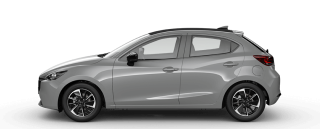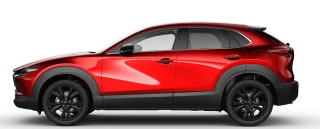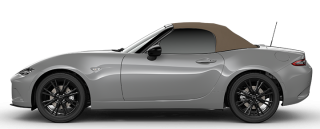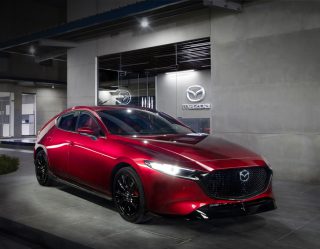
- Vehicles
-
Menu
WHAT’S NEW
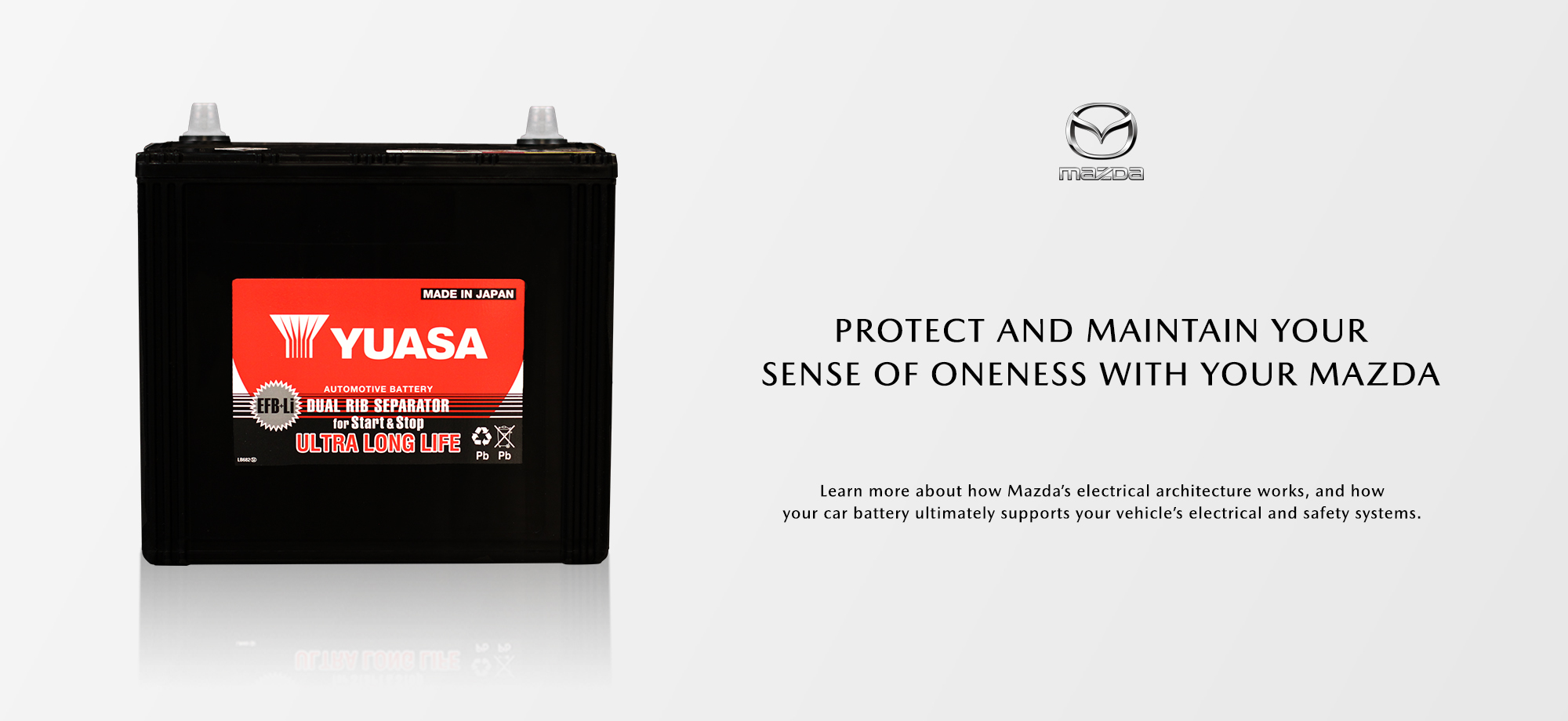
A strong and stable electrical supply is necessary for your Mazda’s electrical system to operate the high electrical load from the main and multiple subsystems. These systems include the Mazda Connect, road-sensing devices, camera devices, radar devices, high-intensity lighting systems, smart security system, and as many as 24 control modules.
Unlike other vehicle electrical systems in which the battery’s main purpose is to start the engine and store the charge, the enhanced flooded battery (EFB) in a Mazda Skyactiv vehicle system is connected directly to the Power Control Module (PCM). The PCM acts as the controller or the ‘brain’ of the vehicle electrical system. Stable and reliable electrical energy is critical to ensure optimum and reliable performance of the entire ‘nerve’ system.
The i-Stop and i-Eloop Systems
Mazda’s i-Stop system substantially saves fuel by switching off the engine when the car stops and restarting the engine when the vehicle returns to motion. A brake energy regeneration system, Mazda’s i-Eloop system also contributes to better fuel economy by efficiently converting the vehicle's kinetic energy into electricity as it decelerates, and uses the electricity to power other electrical components.
These advanced electrical technologies are fully integrated with new Mazda Skyactiv architecture to maximize energy efficiency and performance of Mazda new-generation products. The US Environmental Protection Agency (EPA) recognized Mazda on January 12, 2018, as having the highest overall Manufacturer Fuel Economy ranking for the fifth year in a row, despite having no gasoline-electric hybrids and electric vehicles in its fleet back then.
The role of your car battery
The original equipment (OE) car battery is an integral part of the whole system and has been specified as OE by Mazda engineers to satisfy the operating requirement of the vehicle system.
Non-OE and normal flooded batteries will produce unstable and unsustainable electrical supply, which will affect the performance of the systems and the advanced safety features of the car. This will ultimately compromise the safety of the driver and passengers, possibly causing durability and reliability issues with costly repair and premature parts replacement.
The Yuasa EFB-Li Ultra Long Life Battery
Specified by Mazda Japan for new-generation Mazda vehicles equipped with i-Stop and i-Eloop systems, Yuasa EFB-Li Ultra Long Life (ULF) batteries are manufactured in Japan to the same high Mazda standard to meet the brand’s engineering requirements.
The EFB-Li battery uses higher quality optimized carbon material and dual rib separator construction. With these features, the Yuasa EFB ULF batteries can withstand higher stress of longer discharge duration, higher load impact, and quicker charging performance with the addition of Lithium (Li) material.
Why Yuasa EFB-Li ULF batteries?
Some of the major performance and character highlights of these batteries are the following:
- 150% quicker charge than a conventional battery
- 200% longer charge retention
- Double lifetime of conventional battery with i-Stop system and i-Eloop capacitor
- Dual Rib Separator design to reduce lead sulfating caused by the unstable acid condition, to prolong battery life
- Addition of Cathode Active material to Lead positive plate to prevent softening and to prolong battery life
- Maintenance-free
All Yuasa EFB-Li ULF batteries are made in Japan and come with a two-year guaranteed warranty.
It is the manufacturer’s policy to install Yuasa EFB-Li ULF batteries as battery replacement within the product warranty to preserve the Mazda vehicle’s system integrity.

